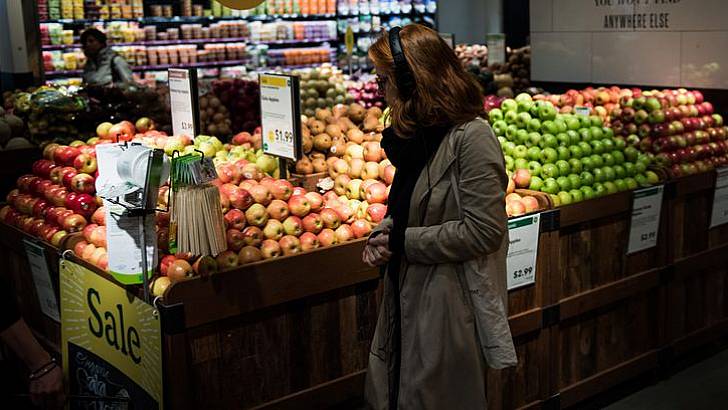Markets
Soft U.S. Core Inflation May Keep Fed From Speeding Up Hikes

- Soft U.S. Core Inflation May Keep Fed From Speeding Up Hikes
An unexpected cooling in a key measure of U.S. inflation means Federal Reserve policy makers may be hard-pressed to raise interest rates more aggressively in 2018.
The so-called core consumer price index, which excludes food and fuel, increased 0.1 percent in November from the prior month and 1.7 percent from a year earlier, less than the median projections of economists, a Labor Department report showed Wednesday. Including all items, CPI rose 0.4 percent from October, accelerating thanks to a jump in energy prices.
Treasury yields fell after the report, which indicated that underlying inflation is still having trouble gaining momentum, though central bankers have said transitory factors are probably holding down prices. While inflation is below target, steady economic growth and unemployment at a 16-year low are among reasons why the Fed is widely projected to raise borrowing costs a third time in 2017 at the conclusion of its two-day meeting Wednesday.
The report “is a little on the soft side,” said Michael Gapen, chief U.S. economist at Barclays Plc, who formerly worked at the Fed. “We still have the conundrum of solid employment, a declining unemployment rate but modest price and wage pressures.”
Even so, “the rate hike today is all but a foregone conclusion,” as policy makers expect inflation to remain weak through the first quarter anyway and price gains are likely to be “stuck below the Fed’s target for a while,” he said.
The CPI rose 2.2 percent from a year earlier, matching the median estimate of analysts following October’s 2 percent gain.
The slowdown in core inflation can be partly attributed to the shelter index’s rise of 0.2 percent from the previous month, the smallest gain since July. Shelter accounts for about one-third of the headline index. In addition, the medical-care index was unchanged after a 0.3 percent gain in October, while apparel prices slumped 1.3 percent, the biggest drop since 1998.
While economists and investors see a Fed interest-rate hike on Wednesday as a near-certainty, with the decision due at 2 p.m. in Washington, the softer details of the latest CPI report could play a role in the timing and number of rate increases in 2018. Policy makers will also update their economic projections for next year. Their September forecast showed a median of three rate increases in 2018.
The central bank’s preferred gauge of inflation — a separate figure based on consumer purchases and issued by the Commerce Department — has mostly missed its 2 percent goal in the past five years. November figures will be released Dec. 22.
Economists expect that steady demand in the U.S. and abroad and the tightening job market will boost pricing power over time. Yet that would risk crimping purchasing power for consumers, who have benefited from contained inflation throughout this expansion, especially as wage growth has been weak.